Essential tools like seed planters play a crucial role in farming by improving efficiency and accuracy in the planting process. Planters allow farmers to sow seeds uniformly and at consistent depths, ensuring optimal seed-to-soil contact for germination. This promotes crop emergence and reduces the risk of overcrowding or wasted seeds. One-row planter saves time and labor by mechanizing the planting process, enabling farmers to cover larger areas efficiently. Ultimately, these tools contribute to increased productivity, improved crop yields, and more sustainable farming practices.
What is a seed planter?
Planters can vary in size and complexity, ranging from handheld manual seeders to large mechanized equipment pulled by tractors. Planters typically have a hopper or seed container that holds the seeds and a mechanism to release or meter out the seeds in a controlled manner. Some planters have additional features such as adjustable depth control, seed spacing options, and fertilizer attachments. The goal is to ensure that seeds are planted at the correct depth and spacing for optimal germination and plant growth.
What is the difference between a seeder and a seed planter?
The terms seeder and planter are often used interchangeably, but there is a subtle difference between the two. A seeder is a machine or tool that distributes seeds evenly over a large area. It is designed to scatter seeds uniformly on the soil surface without necessarily burying them in the soil. Seeders are often used for broadcasting seeds over large areas, such as lawns, pastures, or meadows. Conversely, a planter is a machine or tool that places seeds in the soil at a specific depth and spacing. Hand seed planters use hand-pushed mechanisms to distribute the seeds. These are typically used for row crops, such as corn, soybeans, or cotton, where precision planting is critical for optimal plant growth and yield.
What are the different types of seed planters?
Drill planters are designed to plant seeds in rows and at a specific depth. They typically use a rotating disc or wheel to create furrows in the soil, deposit seeds, and cover them with dirt. Grass seed planters are ideal for planting large areas quickly and efficiently. Air seeders use a pneumatic system to distribute seeds through tubes or hoses. They are often used for broadcasting seeds over large areas, such as fields or pastures. Vacuum seeders use a vacuum system to pick up the seeds with a suction force and release them. Precision planters are designed to plant seeds at a precise depth and spacing, often using advanced technology and sensors. Precision planters are usually more expensive than other planters but can provide significant benefits in terms of efficiency and yield.







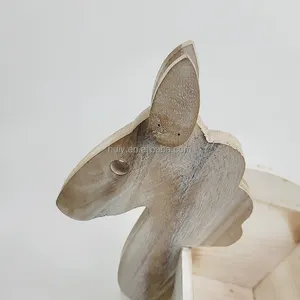





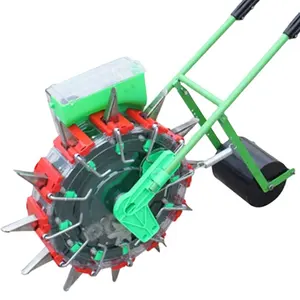

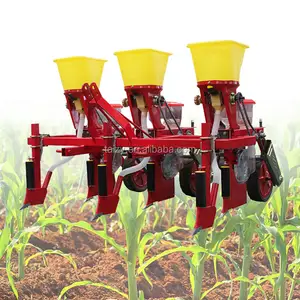





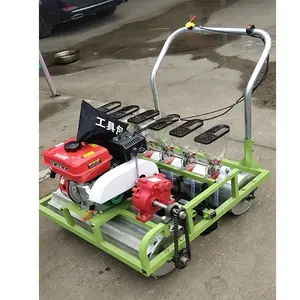








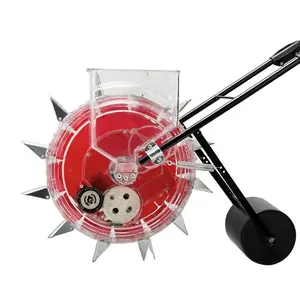





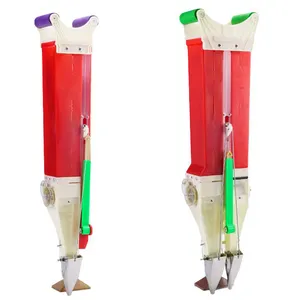
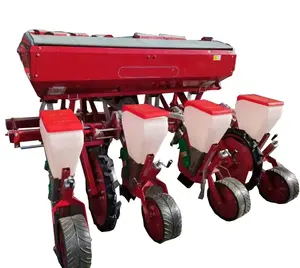






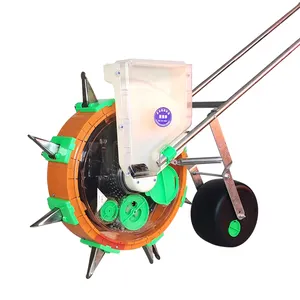
































 浙公网安备 33010002000092号
浙公网安备 33010002000092号 浙B2-20120091-4
浙B2-20120091-4